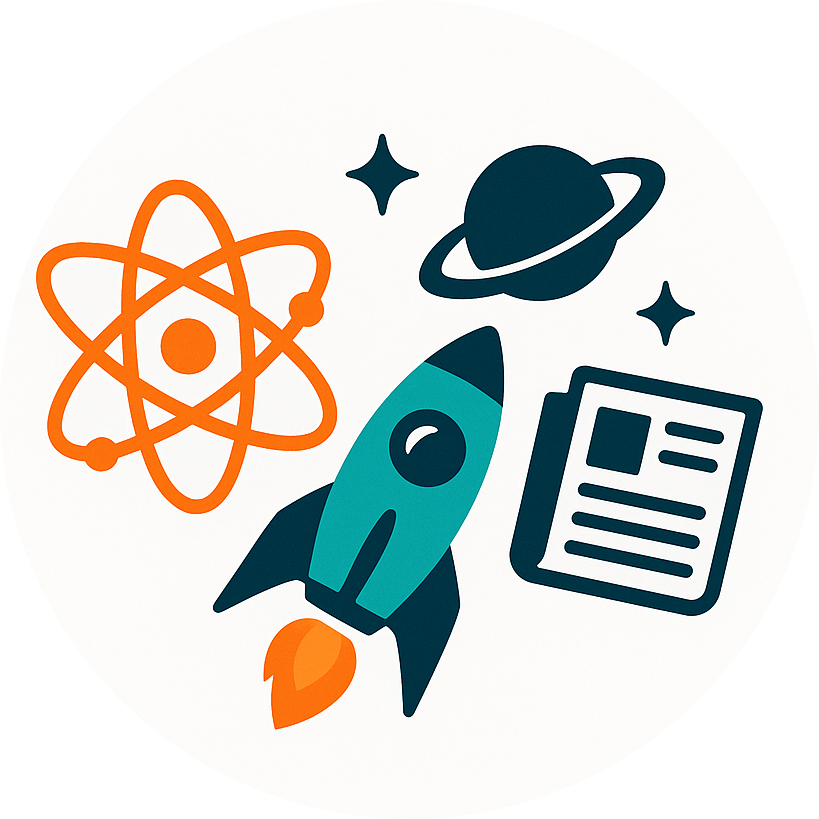
Science News Round Up, July 11, 2025
There’s some really interesting research we’ve got our eyes on:
- Selecting the best referees.
- Pomegranate Nanoparticles?
- Building better maps from satellite imagery?
And more

And some of the news trends that we’re on top of.

CO2-induced climate change assessment for the extreme 2022 Pakistan rainfall using seasonal forecasts
In understanding the 2022 extreme rainfall in Pakistan, researchers employed high-resolution seasonal forecasts, finding that traditional climate models struggled to simulate monsoon characteristics accurately. Their study revealed that while historical CO2 increases contributed about 10% to the rainfall, the forecasted future scenarios showed a weak mean precipitation reduction but with increased variability, emphasizing the complexity of predicting climate change impacts on regional monsoon patterns. This study’s insights are crucial for climate adaptation strategies and loss and damage assessments, highlighting that historical patterns may not reliably forecast future outcomes.
Inside OpenAI’s empire: A conversation with Karen Hao
During an MIT Technology Review Roundtables event, AI journalist Karen Hao discussed her book “Empire of AI,” which critiques the current trajectory of AI development, exemplified by OpenAI’s aggressive growth strategy under Sam Altman. Hao highlights that this path, characterized by immense resource consumption and a lack of democratic oversight, mirrors the exploitative tendencies of historical empires, emphasizing the need for alternative, ethically developed AI solutions and greater regulatory transparency. This matters as it underscores the importance of reshaping AI’s future to avoid repeating.
Towards a framework for a new research ecosystem
The article discusses the significant gap between theoretical recommendations on national investments in science and technology (SIT) and the practical challenges of implementing such investments. It identifies key obstacles such as lack of crisis-driven urgency, optimal R&D target identification without implementation strategies, collaborative infrastructure needs, and balancing intellectual property protection with open science. It suggests solutions like virtual labs, regulatory adjustments, and innovative financial vehicles, aiming to foster a global research ecosystem that combines public-private partnerships, incentivizes long-term investments, and leverages new financial structures for impactful scientific progress.
[side commentary — you could do a literature review of all the articles that start with “Toward a ______”. Ugh]



